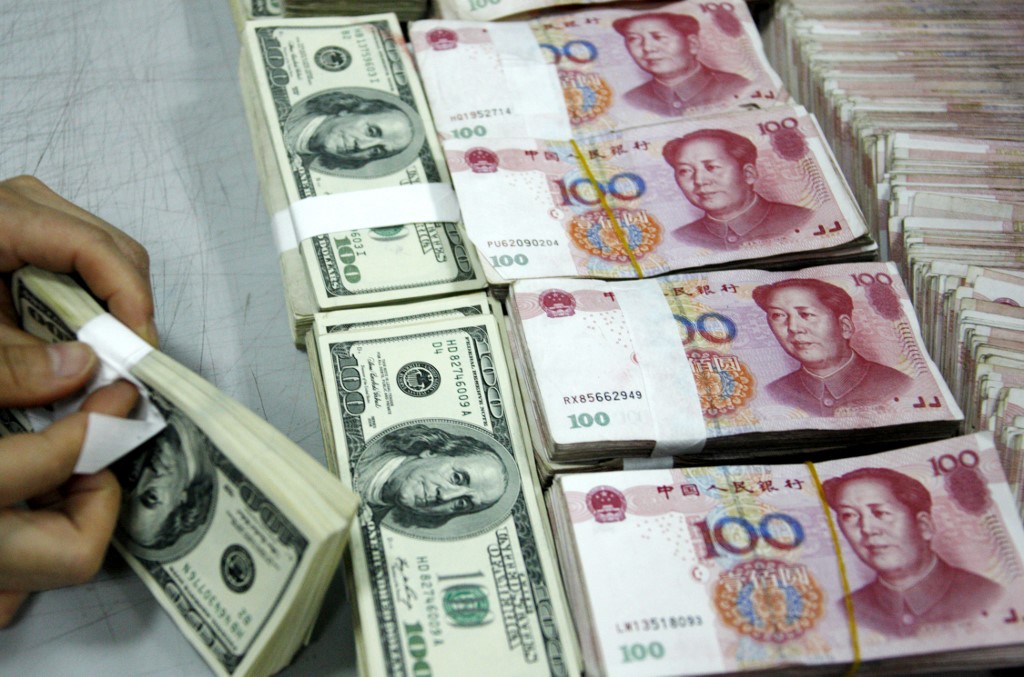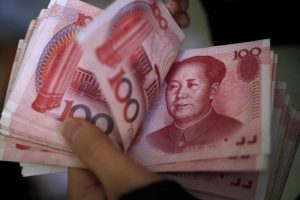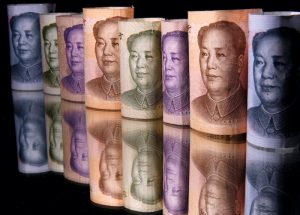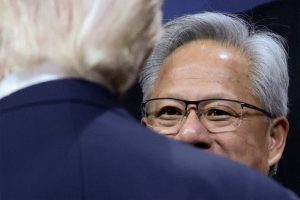(ATF) Guan Tao, the Global Chief Economist with Bank of China Securities and a director of the China Chief Economist Forum, has offered his insights on how the yuan may perform in coming months. The foreign exchange market in January saw the yuan exchange-rate rise sharply at the beginning of the year, but after it passed 6.5 to the dollar it slowed down, and market expectations tended to diverge. The rise of the yuan that month was driven by the onshore market, and the relationship between ‘international hot money flows’ and exchange rates were artificially pumped, Guan said.
The driving force behind appreciation of the yuan is the supply and demand of foreign exchange, he said. The increase in the surplus of foreign-related receipts and payments in trade in goods may reflect the impact of the transfer of the surplus in goods trade at the end of the previous year. In the context of continuous appreciation of the yuan, the market’s awareness of actively managing exchange rate risks has increased, and foreign exchange risks and the positive effects of the adjustment of the reserve policy began to appear.
In early January, the yuan exchange rate transaction price and central parity rose above 6.50, and then entered a state of shock. But Guan said the impact of this round of yuan appreciation on export companies was so far still mainly financial pressure, rather than export competitiveness shocks.
In January, the overall depreciation of CNH relative to CNY showed that the appreciation of the yuan was mainly driven by the onshore market. Changes in exchange-rate differences between domestic and foreign exchange rates reflect the impact of the net outflow of cross-border funds under the stock exchange. The relationship between the inflow of ‘hot money’ leading to the appreciation of the yuan, attracting more hot money inflows is not yet properly established. although Guan implies this is the case.
In January, expectations for the yuan exchange-rate tended to diverge, and the herd effect of “chasing the rise and killing the fall” in the foreign exchange market weakened, Guan said. The appreciation of the yuan was mainly driven by the forces of foreign-exchange supply and demand rather than market expectations.
That month, the bank’s forward (including options) settlement and sales aggregate surplus and the surplus in foreign exchange settlement and sales of trade in goods narrowed, while the surplus in foreign-related receipts and payments of trade in goods expanded during the same period, which may reflect an inadequacy of the surplus in trade in goods at the end of 2020.
In January, the market’s proactive exchange rate risk-hedging ratio further increased, and the hedging – forced forward purchases of foreign exchange – has improved significantly.
Recently, the State Administration of Foreign Exchange released data on banks’ foreign-exchange settlement and sales in January, data on foreign-related receipts and payments on behalf of clients, and data on foreign exchange market transactions. The specific analysis of the foreign exchange market in January based on the above data was as follows:
The yuan exchange rate rose sharply at the beginning of the year, entering the 6.40 era.
At the end of 2020, with a significant increase in foreign exchange surplus, the central parity and closing price of the yuan exchange rate both held the 6.50 mark. On January 4, the first trading day of the 2021, the median price dropped to 6.5408, but the closing price rose above 6.50. The next day, the median price jumped to 6.4760 in one go. Since then, the mid-price and closing price fluctuated within the range of 6.45 to 6.50. In the same month, the median price and closing price rose by 0.8% and 1.2% respectively, but from January 6 to January 29, the two only appreciated by 0.08% and 0.04%. From June 2020 to January 2021, the median price and closing price have appreciated by 10.2% and 10.6% respectively.
At the beginning of 2021, the US dollar index fell below 90 and then stopped falling and rebounded, rising by 0.6% throughout the month. Coupled with the appreciation of the yuan against the dollar, the exchange rate of the yuan against major currencies is generally stronger. In the same month, the nominal effective exchange rate index of the yuan compiled by the Bank for International Settlements rose 1.0%, and the real effective exchange rate index rose 1.2%. From June 2020 to January 2021, the two rose by 3.1% and 3.4%, respectively. The increase was much smaller than the bilateral exchange rate of the yuan during the same period, indicating that the current round of appreciation has so far been mainly financial pressure on export companies rather than on export competitiveness.
In January, the median price and closing price rose by 1.0% and 1.1% respectively from the previous month, and the appreciation has been around 1% for seven consecutive months . Given that there is a 1-3 month time difference between the export declaration and the receipt of the payment, and the US dollar accounted for a relatively high proportion of the company’s cross-border currency receipts and payments (90.4% in the current month), therefore, if the company has not paid for the US dollar in the past three months, if foreign exchange is collected for hedging, it will suffer a 1.1%-3.6% exchange loss.






















